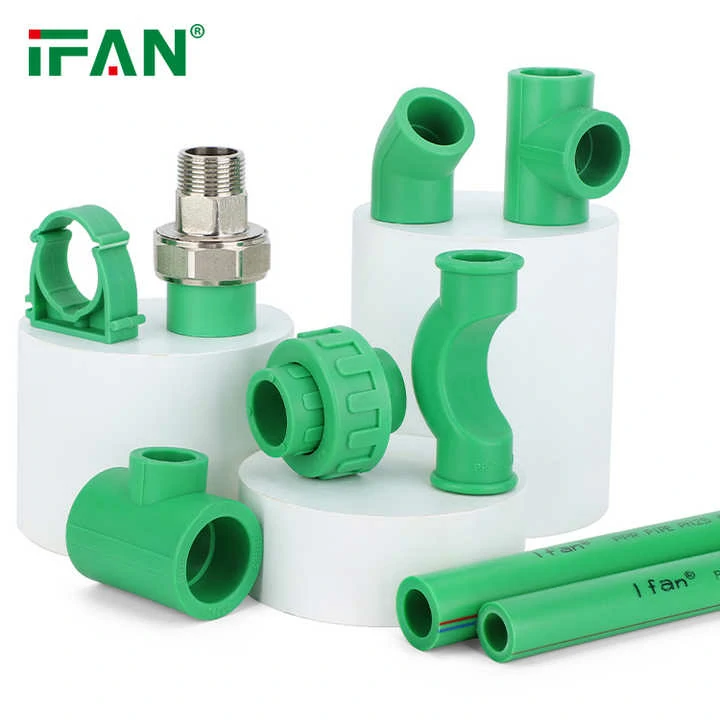Improper Installation Leading to Leaks
The most common issue with PPR fittings stems from incorrect installation techniques. Many DIY installers fail to achieve proper heat fusion temperatures (260°C/500°F). Underheated joints create weak connections that may leak immediately or fail over time. Professional plumbers recommend using dedicated welding equipment with temperature control. Poor alignment during cooling also causes stress points that eventually leak.
Thermal Expansion Challenges
PPR fittings face significant expansion issues in temperature-varying systems. The material expands approximately 3mm per meter for every 10°C temperature increase. Without proper expansion loops or sliding supports, this movement stresses joints. In solar heating systems, temperature swings from 20°C to 90°C can cause pipe lengths to change dramatically. This constant movement eventually weakens connections at fittings.
Material Degradation from UV Exposure
When used outdoors, PPR fittings suffer from sunlight-induced deterioration. Ultraviolet radiation breaks down the polymer chains over time, making fittings brittle. Within 6-12 months of direct exposure, unprotected fittings may develop micro-cracks. Painting or wrapping exposed sections helps, but complete protection requires underground installation or UV-resistant piping alternatives for exterior applications.
Chemical Compatibility Issues
Certain chemicals react adversely with PPR material. Chlorine concentrations above 2ppm in water systems accelerate oxidative degradation. Industrial solvents like acetone can cause swelling and structural weakening. Always verify chemical compatibility before installing PPR fittings in chemical processing plants or swimming pool systems. Specialized CPVC fittings often prove better for aggressive chemical environments.

Pressure Rating Misunderstandings
Many users mistakenly assume all PPR fittings share identical pressure ratings. In reality, PN10, PN16, and PN20 fittings have different maximum working pressures (10, 16, and 20 bar respectively). Using PN10 fittings in high-pressure boiler systems leads to premature failures. Always check pressure class markings before installation and select fittings appropriate for the system’s operating pressure.
Difficult Repairs and Modifications
Unlike threaded metal fittings, PPR connections aren’t designed for disassembly. Any system modification requires cutting out and replacing entire sections. This becomes problematic when adding branches to existing systems. Professional installers recommend planning all future access points during initial installation. Using service valves at strategic locations helps minimize disruptive repairs later.
Quality Variation Among Manufacturers
Not all PPR fittings meet international quality standards. Some cheaper alternatives use recycled materials or improper polymer blends. These substandard fittings may leak immediately or fail within months. Reputable manufacturers provide material certifications (ISO 15874) and product warranties. Always purchase from trusted suppliers and verify material test reports for critical applications.
Specialized Tools Requirement
Working with PPR fittings demands specific tools that many general contractors lack. Proper installation requires:
- Temperature-controlled welding machines
- Pipe cutting tools that create square ends
- Beveling tools for edge preparation
- Alignment jigs for perfect joints
Without these tools, installers cannot achieve reliable, leak-free connections. This makes PPR systems less suitable for quick field repairs compared to compression or push-fit alternatives.

